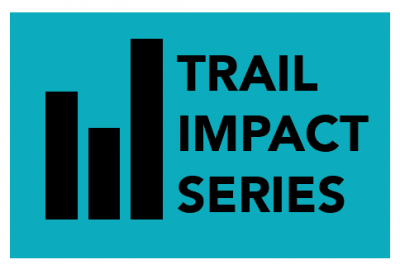
Evidence Based Infosheets on the Impacts of Trails
As communities throughout the U.S. and the world cope with the devastating toll of COVID-19, the pandemic has brought a renewed focus on the importance of local trails. This series explores how local trails are vital assets for improving physical and mental health, building community, stimulating economies, and fostering climate resilience. The goal is to provide community leaders, trail planners, and advocates with evidence-based information on the benefits of trails, and recommendations for advancing informed design, policy and programming. The infosheets are one-page double sided downloadable printable resources. Access content and PDF files by clicking the image below.
Impacts of Trails Infosheets
Health: Laura Brown, Umekia Taylor, Molly Basak-Smith, Michael Puglisi, University of Connecticut Extension
Build Communities: Charles Tracy, CT Trail Census, University of Connecticut Extension.
Resiliency: Stephanie Stroud, National Park Service Rivers, Trails and Conservation Assistance program
Economies: Laura Brown, University of Connecticut Extension
A partnership between National Park Service and UConn Extension.


Best Practices in Bike/Pedestrian Trail Data & Monitoring
Best Practices Info sheets
-
An Introduction to Monitoring and Modeling Bicycle and Pedestrian Traffic Learning from Minnesota
-
Establishing Baseline Data for Trail Use and Maintenance Examples from Connecticut
-
Learning from Vermont’s Park Bike and Pedestrian Non-motorized Count Programs
-
Using Data and Engagement to Capitalize on Multi-Use Trails Examples from New Hampshire